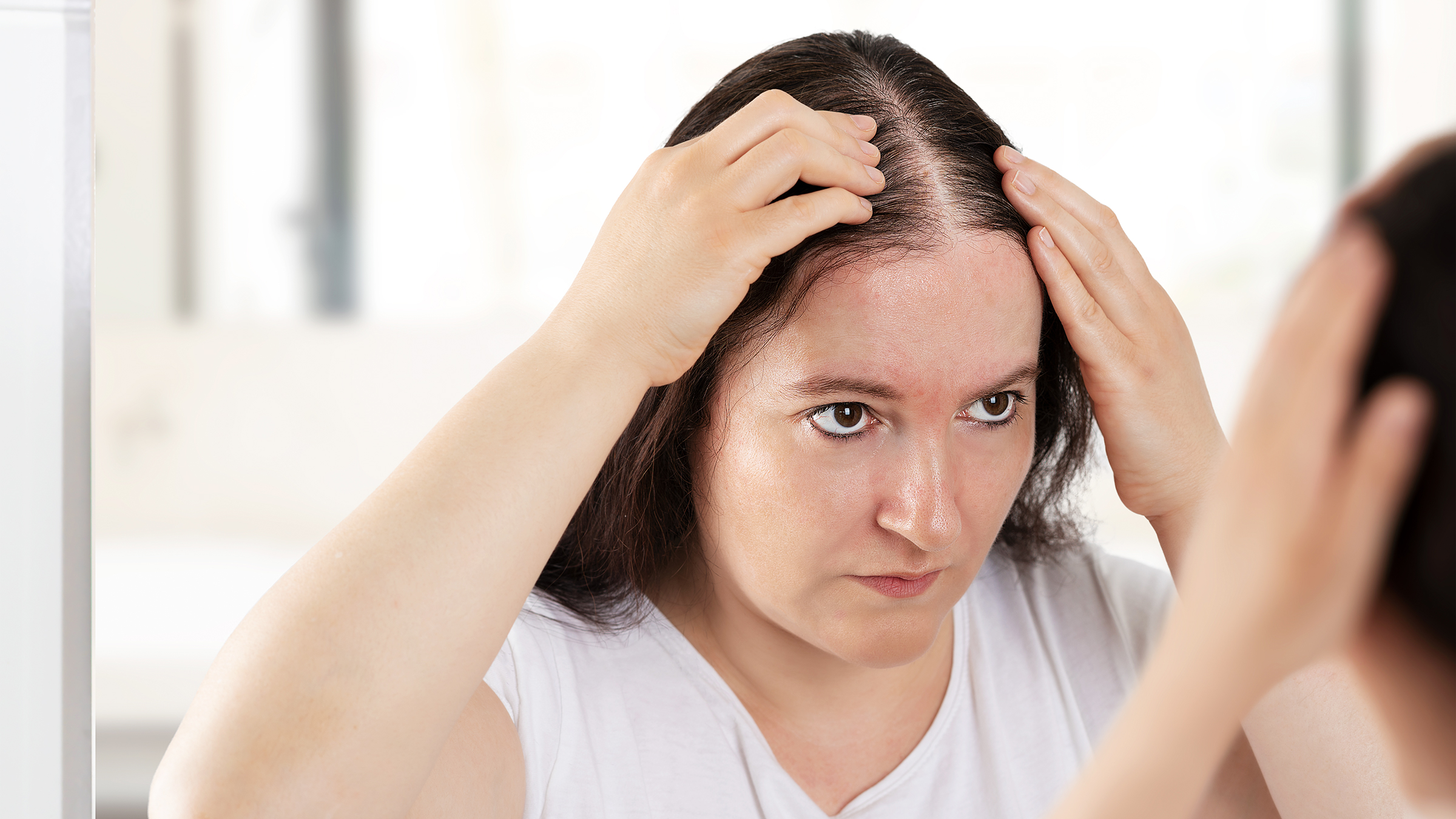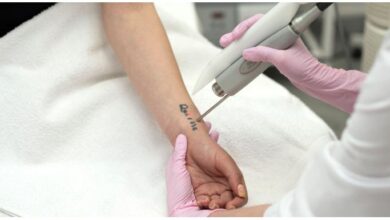Hair is often considered one of the most important elements of personal identity, especially for women. When hair loss occurs, it can feel overwhelming, affecting self-esteem and emotional well-being. Alopecia, a condition that causes partial or total hair loss, can impact women of all ages. Fortunately, there are solutions available that can help manage and even reverse the effects of alopecia. In this comprehensive guide, we’ll share 5 tips for women struggling with alopecia, offering practical advice and insights that will empower you to take control of your hair health.
What Every Woman Should Know
Before we dive into the 5 tips for women struggling with alopecia, it’s essential to understand what alopecia is and how it manifests. Alopecia refers to hair loss that can occur for various reasons, including genetics, hormonal imbalances, autoimmune disorders, stress, and even nutritional deficiencies. There are different types of alopecia, such as:
Androgenetic Alopecia
Commonly known as female pattern baldness, this form of alopecia is often hereditary and results in thinning hair across the scalp.
Alopecia Areata
An autoimmune condition where the body’s immune system attacks the hair follicles, leading to patches of hair loss.
Telogen Effluvium
A temporary condition triggered by stress, illness, or hormonal changes, causing hair to enter a resting phase and fall out.
The emotional toll that comes with alopecia can be significant, but with the right knowledge and tools, women can address their hair loss and regain confidence. Let’s now explore the 5 tips for women struggling with alopecia to help you navigate your hair health journey.
Adopt a Nourishing Diet to Promote Hair Growth
One of the most overlooked aspects of hair health is nutrition. For women struggling with alopecia, a diet rich in essential nutrients can make a significant difference in slowing down hair loss and encouraging regrowth. Some key nutrients to include in your diet are:
Biotin
Also known as Vitamin B7, biotin helps strengthen hair and improve its texture. Foods like eggs, nuts, seeds, and sweet potatoes are excellent sources of biotin.
Iron
Iron deficiency is a common cause of hair loss in women. Incorporating iron-rich foods such as spinach, red meat, lentils, and fortified cereals can help combat iron deficiency and promote healthy hair growth.
Omega-3 Fatty Acids
Found in fish like salmon and mackerel, as well as flaxseeds and walnuts, omega-3 fatty acids help reduce inflammation and nourish hair follicles.
Zinc and Vitamin D
Zinc plays a vital role in hair tissue repair, while Vitamin D helps stimulate hair follicles. Supplements may be necessary if you’re deficient in these nutrients.
Action Tip
Consult with a nutritionist to create a personalized meal plan that focuses on hair-strengthening foods. You can also consider taking supplements if needed, but make sure to speak with a healthcare provider before starting any new regimen.
Explore medical treatments and topical solutions

For many women dealing with alopecia, medical interventions may provide effective solutions. One of the most widely used treatments for hair loss is minoxidil, a topical solution that stimulates hair growth and slows down hair loss. Minoxidil is available over the counter and can be applied directly to the scalp.
Corticosteroid Injections
For women with alopecia areata, corticosteroid injections can help suppress the immune system’s attack on hair follicles, leading to regrowth in some cases.
Platelet-Rich Plasma (PRP) Therapy
This treatment involves drawing your blood, processing it to concentrate the platelets, and injecting it into your scalp. PRP is believed to stimulate hair growth by promoting cell regeneration.
Hair Transplant Surgery
In severe cases of alopecia, hair transplant surgery may be an option. This procedure involves moving hair from areas of the scalp with fuller growth to areas of thinning or baldness.
Action Tip
Consult with a dermatologist or hair loss specialist to determine if any of these treatments are right for you. Be patient, as some treatments may take several months to show results.
Choose hair-friendly styling techniques
While it may be tempting to cover up thinning hair with styling techniques that involve heat, chemicals, or tight hairstyles, these can worsen hair loss. Instead, women struggling with alopecia should opt for gentle, hair-friendly styling methods. Here are some tips to minimize hair damage:
Avoid heat styling
minimize the use of blow dryers, straighteners, and curling irons. Heat can weaken the hair shaft, making it more prone to breakage.
Use Gentle Hair Care Products
Look for sulfate-free shampoos and conditioners that are specifically formulated for thinning or damaged hair. Avoid harsh chemicals that can irritate the scalp.
Opt for Loose Hairstyles
Tight hairstyles like ponytails, braids, and buns can pull on the hair and lead to traction alopecia. Stick to loose, relaxed styles to reduce tension on the hair follicles.
Consider Hair Toppers and Wigs
Hair toppers and wigs are excellent options for women experiencing significant hair loss. Modern wigs are designed to look incredibly natural, offering an instant confidence boost.
Action Tip
Invest in high-quality, lightweight wigs or hairpieces if you’re experiencing significant hair loss. There are many beautiful options available that look and feel like natural hair.
Reduce stress and practice mindful self-care
Stress is a known trigger for hair loss, particularly in the case of telogen effluvium. Women who are already struggling with alopecia can find that stress exacerbates the condition. Managing stress through mindfulness and self-care practices can make a big difference. Here’s how you can incorporate stress-reducing activities into your daily routine.
Meditation and Yoga
Practicing mindfulness through meditation or yoga can help reduce stress levels and improve your overall mental health. These activities encourage relaxation and can even improve blood circulation to the scalp, promoting hair growth.
Sleep hygiene
prioritize getting 7-8 hours of quality sleep each night. Sleep is crucial for allowing the body to heal and regenerate, including the hair follicles.
Scalp Massages
Regularly massaging your scalp can improve blood flow to the hair follicles and promote hair growth. You can use essential oils like rosemary or lavender, which are known to stimulate hair growth, during your massages.
Action Tip
Set aside at least 15 minutes a day for mindfulness or relaxation activities to lower your stress levels. Incorporating scalp massages a few times a week can also improve hair health.
Seek emotional support and professional guidance
Alopecia can have a profound impact on a woman’s emotional well-being, leading to feelings of embarrassment, shame, and even depression. It’s important to remember that you’re not alone in your journey. Seeking emotional support from family, friends, or professional counselors can help you cope with the psychological effects of hair loss.
Additionally, there are support groups and online communities where women with alopecia share their experiences, tips, and encouragement. Connecting with others who understand your struggles can be incredibly empowering and uplifting.
Action Tip
Don’t hesitate to reach out to a therapist or counselor if you’re struggling with the emotional toll of alopecia. You can also join an alopecia support group to gain insight and encouragement from women who are going through similar challenges.
Conclusion
Dealing with alopecia can be a difficult journey, but by following these 5 tips for women struggling with alopecia, you can take proactive steps to manage your hair loss and improve your overall well-being. From nourishing your body with the right nutrients to exploring medical treatments and practicing mindful self-care, there are many ways to address hair loss effectively.
Remember, Alopecia doesn’t define you. With the right strategies and support, you can regain control of your hair health and embrace your unique beauty, no matter where you are on your journey.





